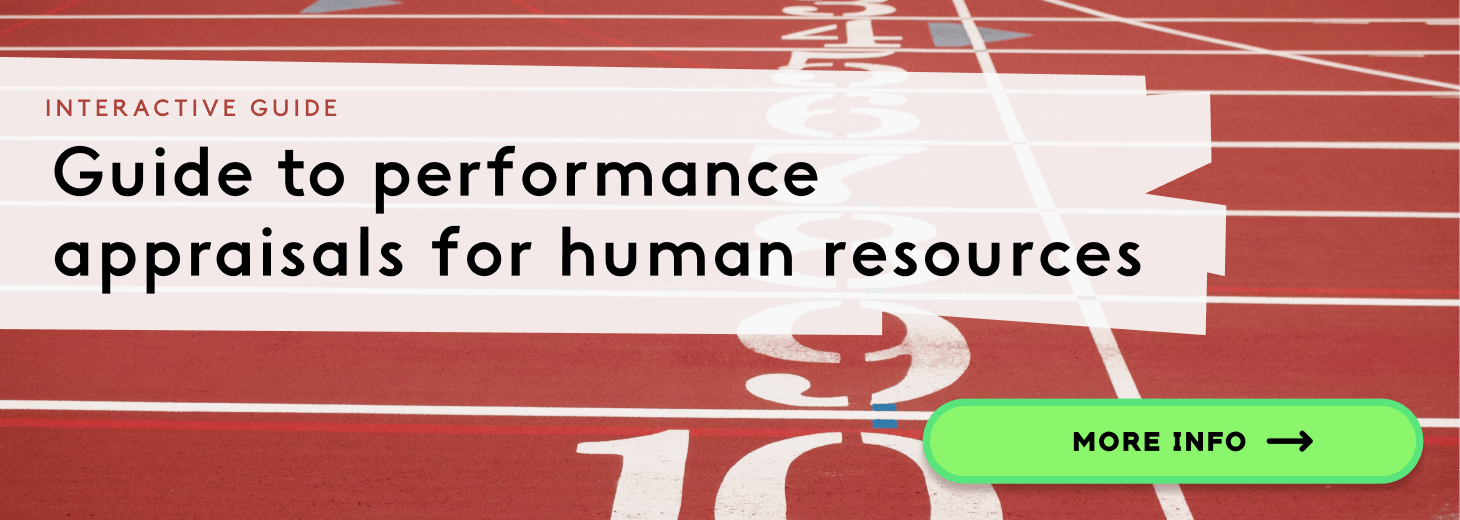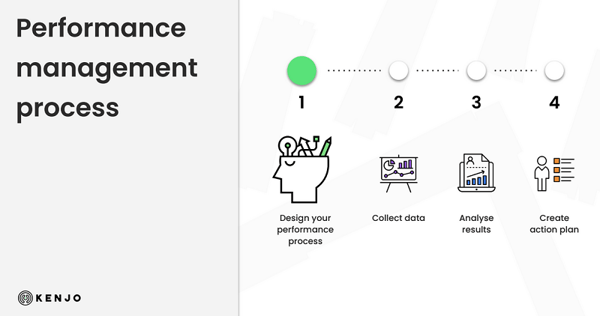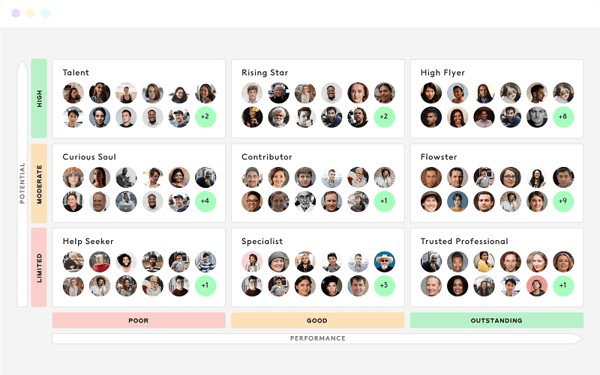Performance management and career planning go hand in hand. To help an employee grow and develop within the company, we first need to pinpoint the specific improvements they need to make.
So, before we think about organising training courses, the performance review is an essential step to establish a starting point and identify each employee’s particular needs. We’ll take a look at this relationship below and explain how these elements depend on each other.
The relationship between performance reviews and career plans
Performance reviews and career plans are two basic tools that organisations use to keep their employees’ knowledge up to date, with the aim of improving output and efficiency.
Performance reviews help us identify our workers’ training needs; that is, their strong points and opportunities for development. This analysis provides the basis for identifying key training requirements or areas where employees should focus their efforts according to their strengths.
This is the starting point, therefore, for a professional career and promotion plan. The plan itself involves designing and documenting the worker’s career path within the company. Both parties work together to chart the employee’s future and create mutually agreed milestones to work towards along the way.
So, as we can see, performance management and career planning always go hand in hand.

The importance of implementing career plans
In general, company career plans have a significant impact on business results, as well as staff motivation and satisfaction.
- Retaining and attracting talent: one of the main reasons why workers decide to change jobs is due to a lack of growth or potential for career progression. Implementing career plans can help retain and attract talent.
- Creating an environment that promotes efficiency and growth: by strengthening our workers’ weak spots, we will boost employee efficiency and, in turn, the company’s results.
- Stabilise the workforce: training and upskilling employees is an investment in internal talent that helps create a stable and engaged workforce.
- Meet the organisation’s immediate and future needs: a personalised and considered career plan will enable the company to meet its current and future needs, without having to invest in external talent.
- Motivate employees: professional development towards specific goals delivers staff motivation. As such, career plans are also a useful tool for improving the work environment.
The performance review: laying the groundwork for the career plan
As we have already seen, the performance review is the first step to developing any career plan. However, before we reach the performance review stage, there are a few other steps we need to take. This image explains the process from start to finish.

Designing a review process
When preparing for performance reviews, the first step is to establish what form the process will take for each position in the company: surveys, KPIs, goals, etc.
This step is essential if we want to create an efficient and useful review system, which will actually serve its purpose in the long term. Performance review software can simplify this task; some provide survey templates that can be adapted to the company’s specific needs. Additionally, it enables us to store all the information and update it during the interview with the employee.
Data collection
Next, the HR team should carry out performance reviews to procure information. It’s important to find out, for example, each employee's strengths, areas for improvement, and of course, their ambitions or professional interests.
The review meeting is the perfect opportunity to get to know the employee better and obtain the information we need to build a customised plan.
Data analysis
Once we have this information, the HR team will analyse it to draw conclusions. Performance review software can also be an asset here as it automatically displays the results on a dashboard. This visualisation makes it easier to understand and analyse the data.
A competency matrix in particular is a very practical tool. This table is used to measure team performance and promote skills development. It also means we can align employee abilities with company goals.
 Kenjo Interface
Kenjo Interface
At this point it’s important to set some Objectives & Key Results, or OKRs. As the name suggests, this system uses goals based on key results which act as a reference point.
Action plans
The final stage, after setting specific goals, is to create an action plan that brings together all the steps the employee needs to take at the company, and the tools they will need to reach their goals. We can think of this as a route map built around their career plan.
To understand the process better, let’s take an example of an entry-level marketing team member. When we create their career plan, the final goal is for them to reach marketing manager level within three years. To identify the next steps to achieve that, we need to start with a performance review that assesses their current abilities. Once this has been done, we will analyse the data collected to then create an action plan that will help them improve and acquire the necessary expertise to become a marketing manager within the defined timeline.



 Kenjo Interface
Kenjo Interface